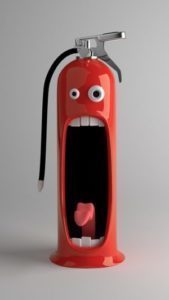


Body Language: Telling Your Team How You Really Feel
From our colleague, Carol Kinsey Goman:
Do you know that your team is constantly evaluating your emotions through cues in your body language – and that they can do so in a fraction of a second?
At the Center for Cognitive Neuroimaging at the University of Glasgow, researchers found that it takes only 200 miliseconds to read someone’s emotional state from their facial expression. So “putting on a happy face” isn’t only a pleasant thing to do, it sends a powerful signal to those who work with you.
During a major change, for example, your staff will be on high alert – constantly looking to you for clues on how to react. If you look upset or angry, that negativity can spread like a virus throughout the team, affecting attitudes and lowering energy. Conversely, if you come across as energized and positive, you’re likely to make your entire team feel upbeat and optimistic.
Of course, it’s not only facial expressions that send a message. Emotional signals come from other parts of your body – including your feet.
I was in the audience when the Chief Executive Officer of a financial institute was being interviewed, seated at the front of the stage, facing us. One of his staff sat across from him, reading a list of questions that had been submitted by attendees.
As the CEO responded to the first inquiries, he shared his philosophy of “relationship banking” and the importance of employees to the company’s brand. While doing so, his body language was open and relaxed. His posture, facial expressions and hand gestures signaled comfort and confidence.
Then came a series of questions about executive compensation. As the CEO answered these, his body language stayed constant – except for his feet: From a comfortable, loose leg cross, the executive suddenly locked his ankles tightly together, pulled them back under the chair, and began to make tiny kicks with both feet. He then re-crossed his ankles and kicked his feet again. And this behavior continued throughout the entire set of compensation questions.
If all the audience could have seen was the upper half of the executive’s body, we might have been convinced that he was still at ease, but his feet told a different story – one of anxiety and stress.
For the rest, click here.